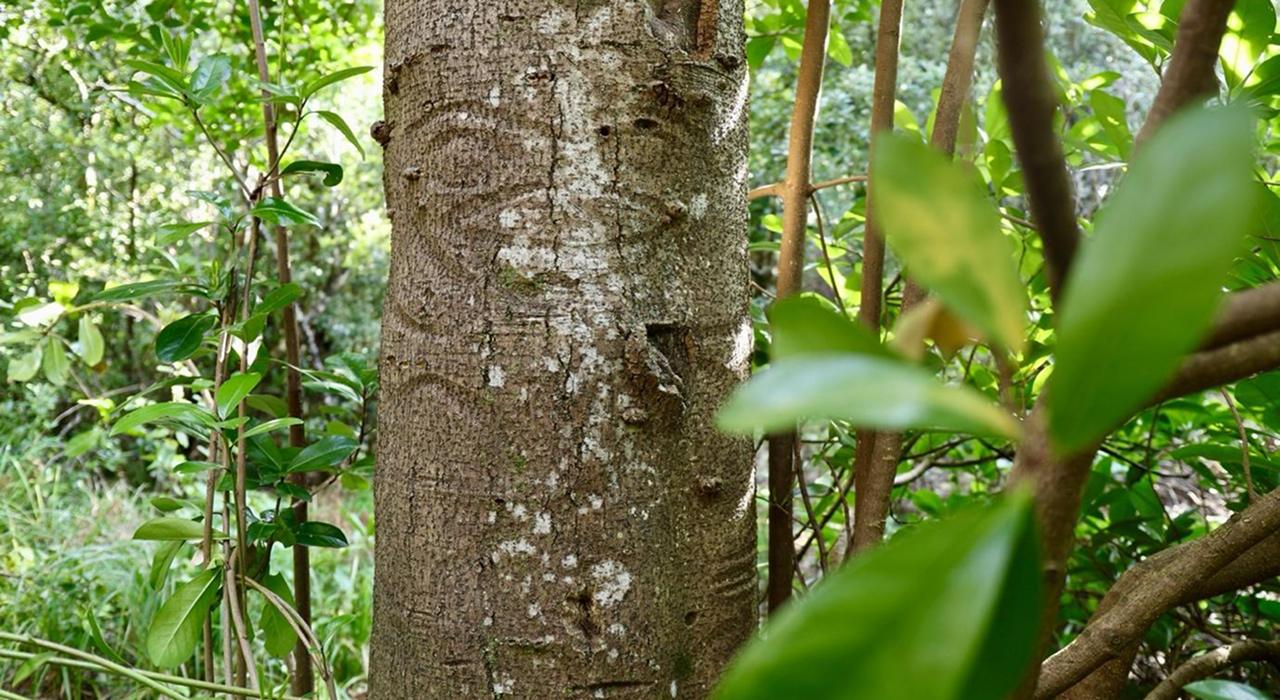Ahurea
Moriori culture is distinct from, but closely aligned to, Māori and other Polynesian cultures, particularly eastern Polynesia.
Moriori have a unique language referred to as ‘ta rē Moriori’ and customs referred to as ‘tikane’. Ta rē Moriori has some characteristic sounds making it distinct from Māori language, reflected in the use of ‘tch’ such as in the Moriori term ‘tchakat henu’ describing the people of the land, which in Māori is ‘tangata whenua’. You will note in that term the distinction between ‘henu’ and ‘whenua’ as well, in particular the clipping off of vowel sounds on the end of words.
The language is going through significant revitalisation and as it is being rebuilt Māori words often act as proxies where Moriori terms are not yet known or are yet to be created. A ‘Ta Re Moriori’ app is now available which supports language revitalisation, containing a dictionary of Moriori words, ‘rongo’ (songs), ‘karakii’ (incantations), and over 20 language lessons.
Perhaps the most widely recognised aspect of Moriori culture is Moriori visual language – evident in the distinctive ‘Rākau Momori’ tree dendroglyphs which are the result of a combination of both incising, bruising and removal of bark of living Kopi trees. These unique carvings are believed to depict ancestors and are thought to act as memorials of them. They were once wide-spread across the island, particularly the eastern coast adjacent to Te Whaanga lagoon where a number remain but are at risk of aging and environmental degradation. When recorded in the 1950s by Christina Jefferson they numbered over 1,000 of which she sketched 450, there is perhaps little over 100 left living today while many have been removed and preserved, with many found in Museum collections, including at Te Papa in Wellington. Most of these carvings depict human forms with some animal and bird forms.
Moriori petroglyphs can also be found, distinctive cave drawings/carvings that often depict wildlife of the islands including fish, birds, seals, seaweed and crayfish.

